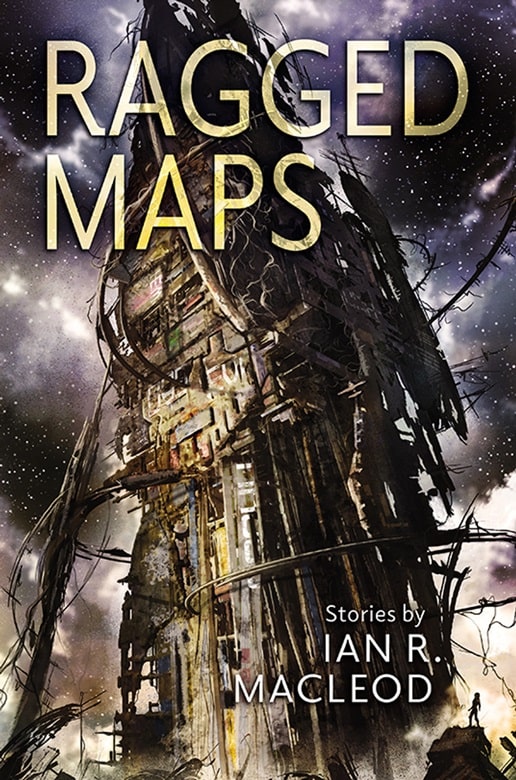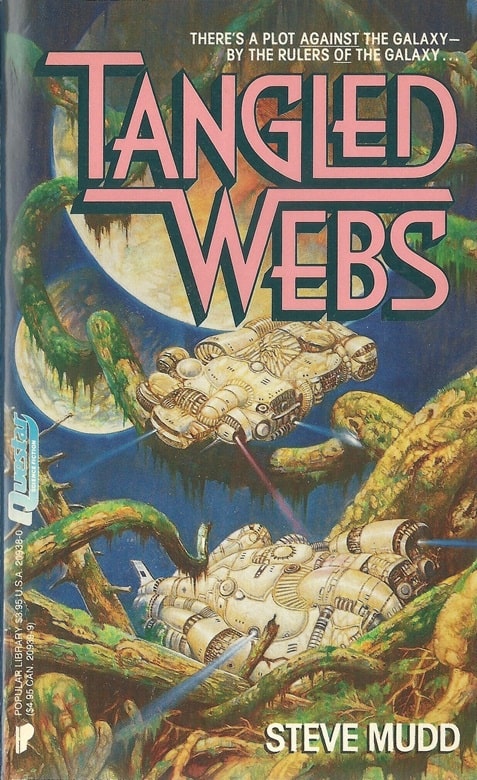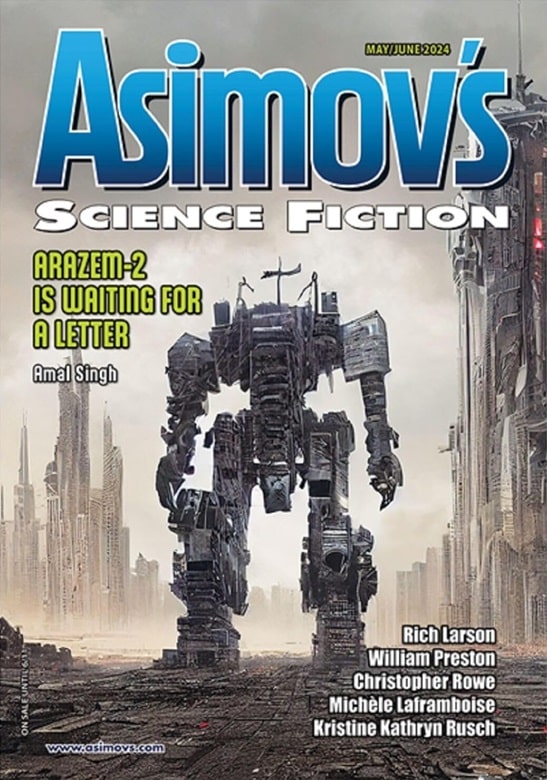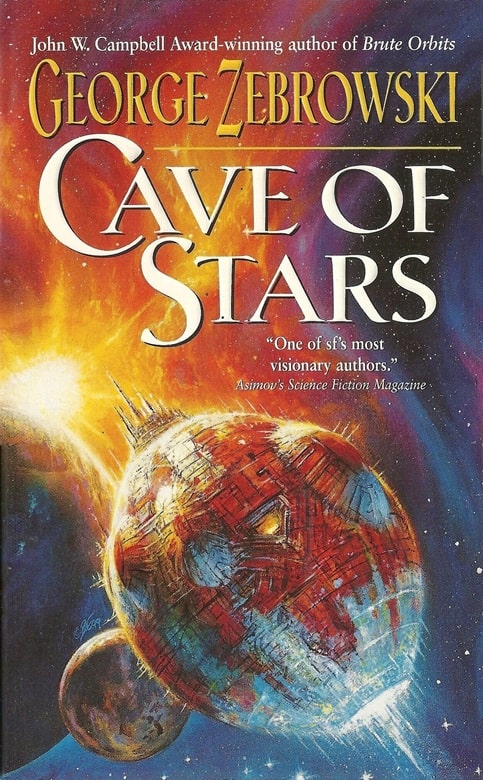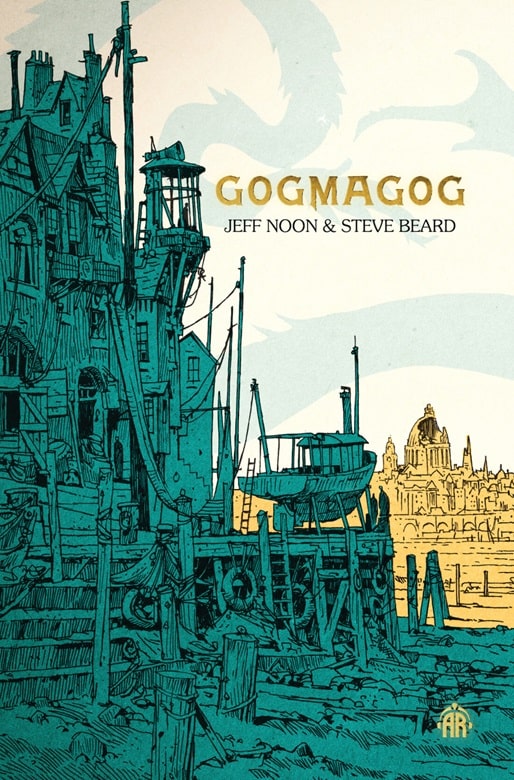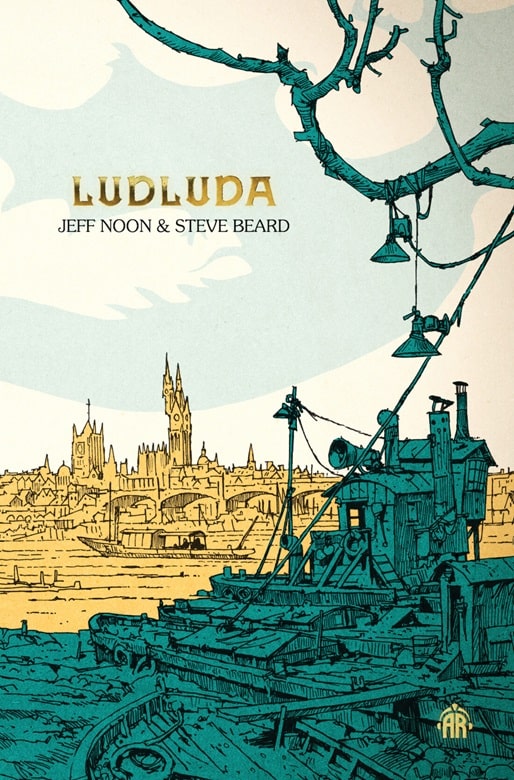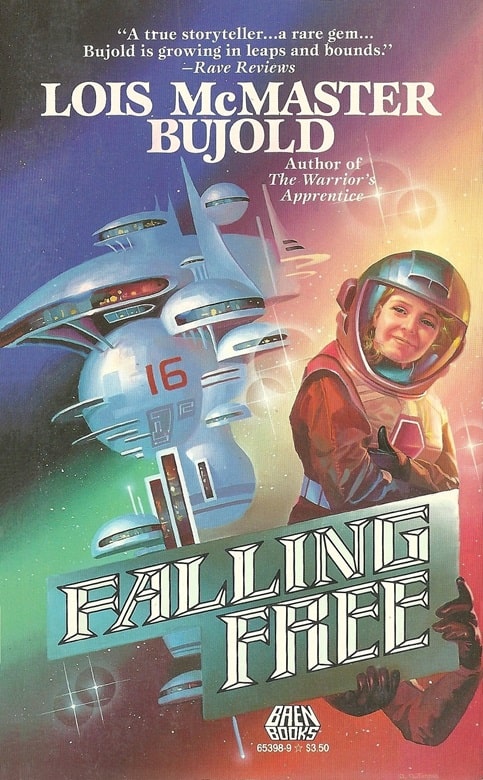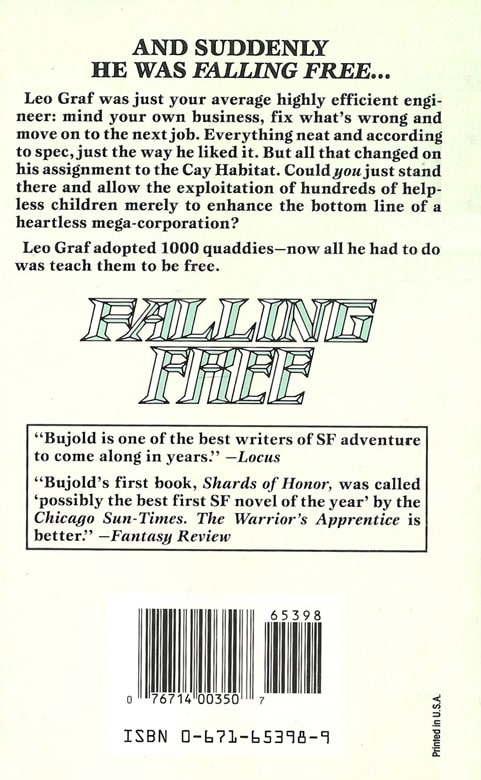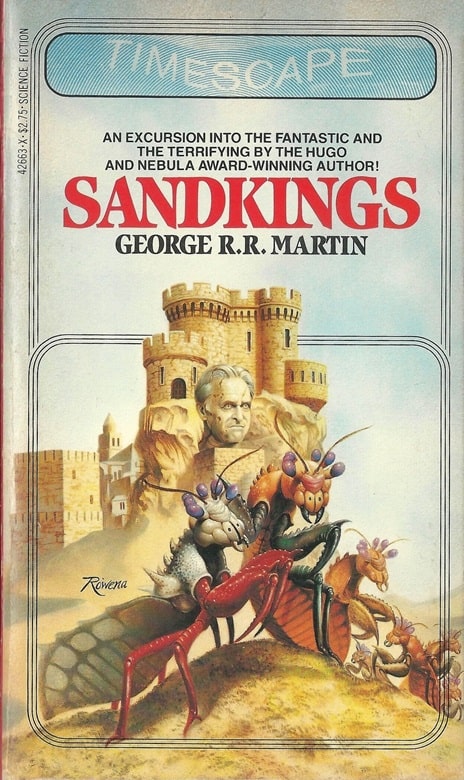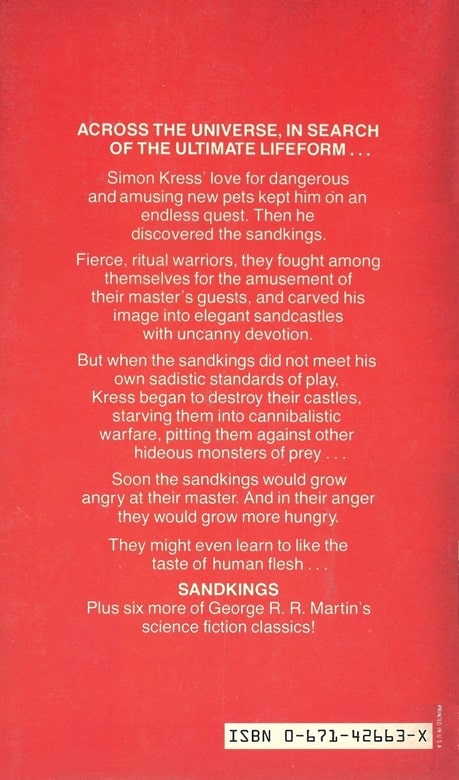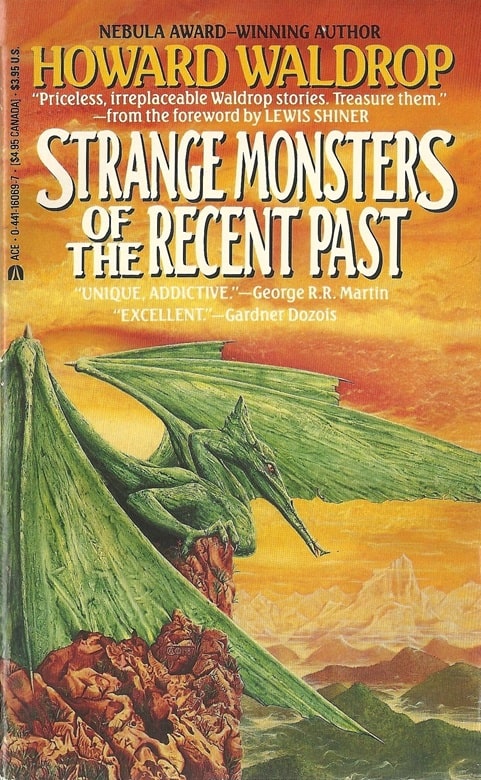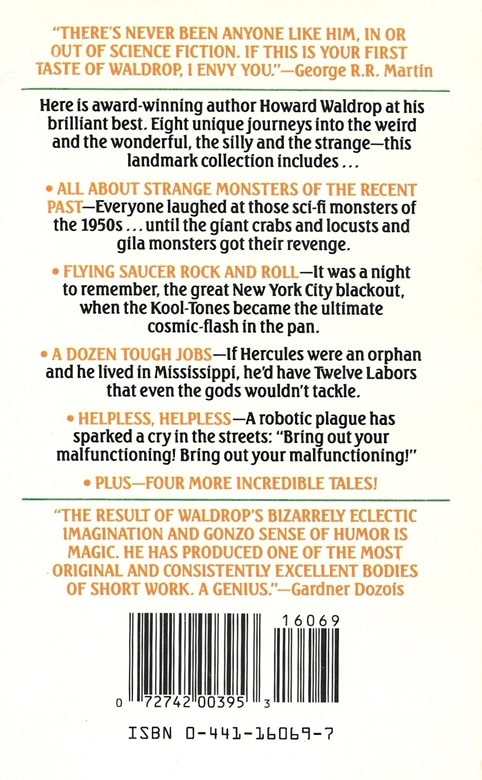Vintage Treasures: Frontera by Lewis Shiner
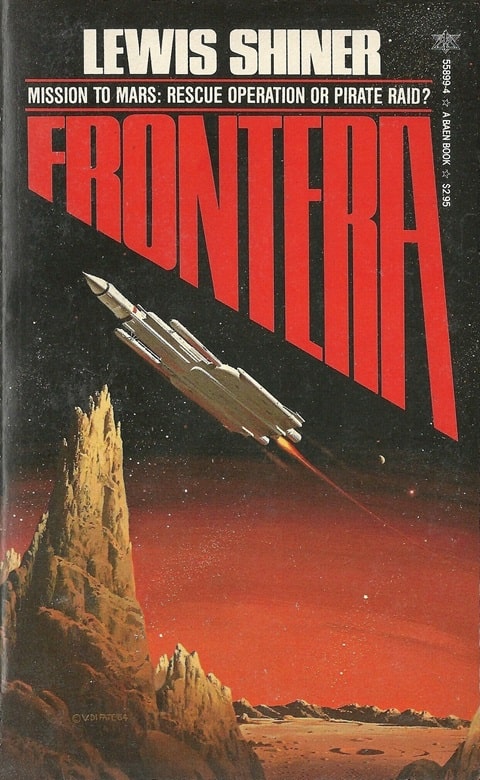 |
 |
Frontera (Baen Books, August 1984). Cover by Vincent Di Fate
I first discovered Lewis Shiner in Gardner Dozois’ Year’s Best Science Fiction anthologies, where he was a regular, and one of my favorite contributors. His first published story, “Tinker’s Damn,” appeared in the fifth issue of Charles Ryan’s Galileo magazine in October 1977, and he followed that with dozens more all through the 80s and 90s in places likes The Magazine of Fantasy & Science Fiction, Twilight Zone Magazine, Omni, and especially Asimov’s Science Fiction.
His first novel Frontera, the tale of a high-risk expedition to a supposedly abandoned Martian colony, was published as a paperback original in what we used to call the Year of Big Brother, 1984 (that’s a George Orwell reference, for all you young folks). It was nominated for both the Philip K. Dick Award and the Nebula Award for Best Novel, and was followed by perhaps his most famous novel, Deserted Cities of the Heart (1988), which garnered another Nebula nom.
